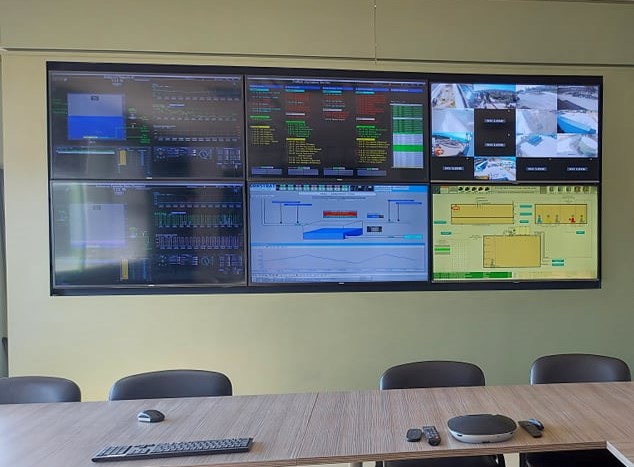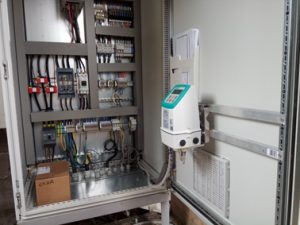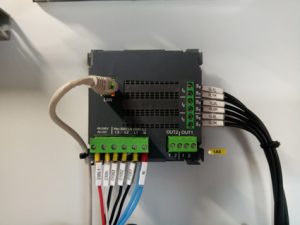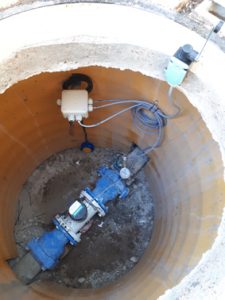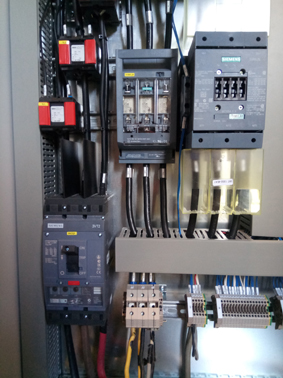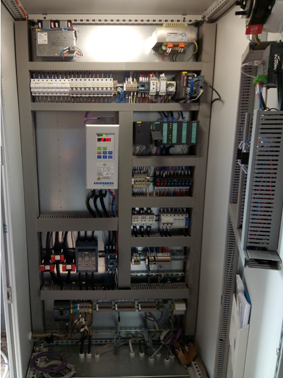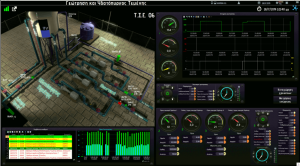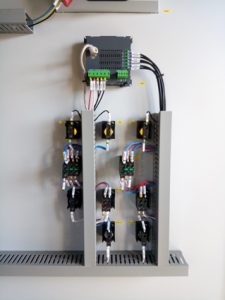PROJECT DESCRIPTION
Priority axon 2 “Environmental Protection – Going to an Environment-friendly Economy”
The system provides continuously monitoring and supervision of important parameters in the operation of Municipality’s external and internal water supply network (inlet, pressure, electrical consumption, etc.), collecting and storage data’s history, as well as the control of the active operation, of the water supply.
The system consists of supply and Installation of:
- One (1) Central Control Station (CCS) which contains (server, client, printers, monitors, etc.) through which the operators command, monitor and process the collected data from the Local Control Stations of the external and internal water network. The system has been adapted to the existing monitoring system and has been functioned as a single integrated system.
- Ten (10) Local Control Stations (LCS) of water tanks and pumping stations.
- Eighteen (18) Local Control Stations (LCS) of pressure reducing.
- Eleven (11) Local Control Stations (LCS) of inlets in the Municipality, as well as the necessary equipment for them.
- Software required to operate the System.
- Communication equipmentfor the uninterrupted operation of the system.
- Measuring instruments (level meters, flow meters, pressure meters, electrical
measuring etc.)
With the operation of this system we achieved the following targets:
- The reduction of annual drinking water losses and total consumption through effective leak management and prevention of overflows.
- The timely identification of the source of drinking water losses and the support of operators during the process of isolating sections of the network, resulting in reduced water losses.
- Support for technical services in accurately locating and swiftly addressing leaks and overflows, with minimal disruption to the normal water supply and distribution service.
- The reduction of energy consumption in pumping stations and reservoirs due to controlled operation and monitoring, resulting in the protection and extended lifespan of the pumps.
- The gradual reduction of network leaks through the collection and monitoring of data from its operation during nighttime hours.
- The increased security in the operation of the network facilities.
- The detection and handling of malicious actions (illegal connections).
- The ability for automatic pressure of adjustment and consequently the significant and effective reduction of hidden leaks during hours when there is no demand from consumers.
- The continuous recording of consumption (outflows from the reservoirs as well as the inflows of the individual networks of the internal network), which provides valuable information for detecting significant leaks.
- Timely response to potential faults, due to the immediate notification of the responsible technicians (24/7 monitoring and alerting), such as pump failure (lack of water in the network), sudden pressure drop (leak), and sudden increase in flow (pipe rupture).



